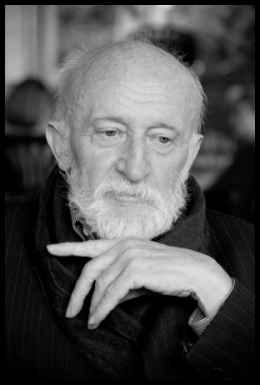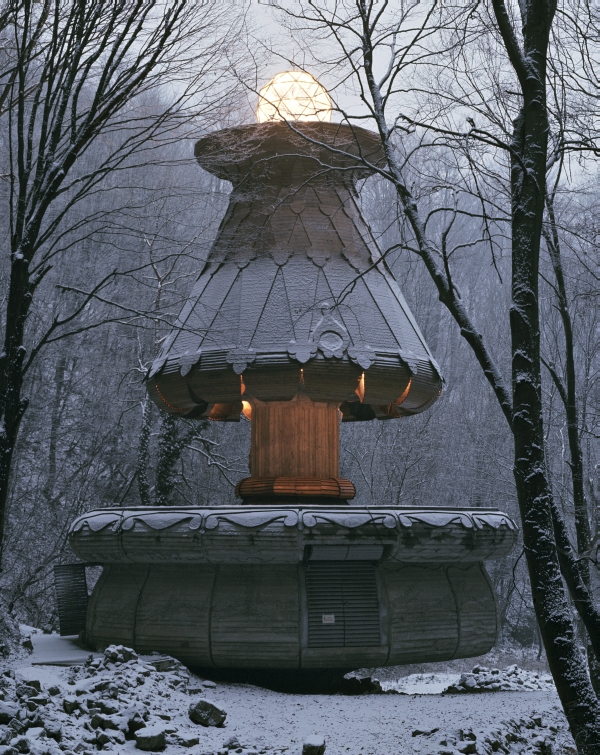Light Axis
On the Life, Death and Art of Gy├Črgy Csete (1937ŌĆō2016)
Text: Mikl├│s Sulyok
Fot├│: Zsitva Tibor

Gy├Črgy Csete had a basic principle on architecture which is best summed up as architecture in Hungarian. To use Hungarian language in architecture instead of foreign ones. His architecture, however, was filled with universal contents: however, it was his being Hungarian that filled it with it. It was ŌĆ×shelterŌĆØ that he regarded the most important expression of his own architectural vocabulary and paradigm, and he found the architectural meaning of this nice and simple word himself. In his interpretation it was a bent timber structure, being a teacher he found in its etimology the structural reality of the ancient architecture of Hungarian shepherds. He based his architecture on a centrally organized horizontal plan, and combined it with a vertical axis of light coming in through the opeion to create space. In the Christian architecture it is the radiation of the celestial, divine sphere down to earth reflecting the ambition of human beings to ascend towards God. In doing so, Gy├Črgy Csete heralded symbolic architecture with his very first building, the Spring House built in Orf┼▒ (1970-74) which remained his most famous work ever since. Now, when we are surveying his oeuvre from the aspect of his death we must conclude: he and his peer, Imre Makovecz came to be the twin-stars of Hungarian organic architecture.

Orf┼▒, Forr├Īsh├Īz, photo: Istv├Īn Panyik
